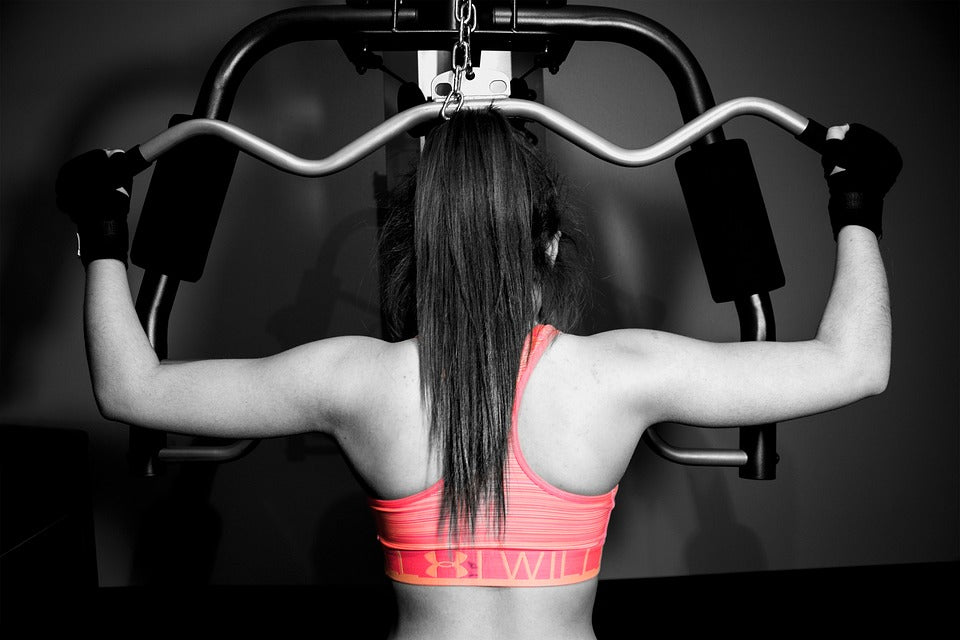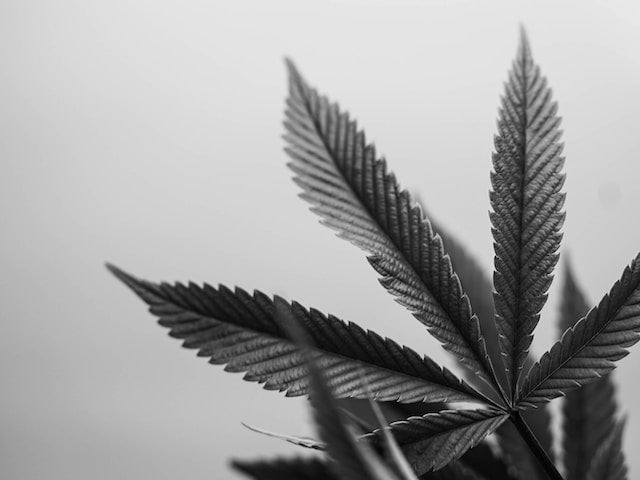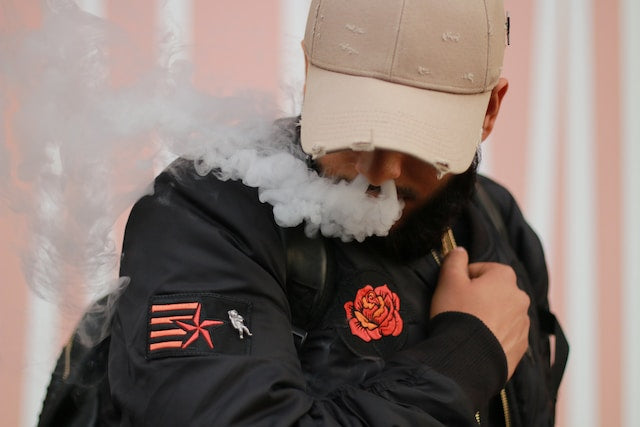Your cart is currently empty.

CBD, plain and simple, reduce inflammation, ease muscle pain and aids in its recovery after physical activities. To understand and reap these benefits, you should know what causes muscle fatigue, how the body restores itself, and the role CBD plays. Also if you’re looking for high quality cannabis please check out best weed company in Canada.
During exercises or training sessions, your muscles rub against each other. It leads to Delayed Onset Muscle Soreness (DOMS), a condition in which you feel pain after a day or two. On the other hand, the burning pain you feel during strenuous activity is called acute muscle soreness and disappears soon after you stop the causative activity.
As you continue to work the muscles, the stress causes microscopic damage - tearing and swelling - to the muscle fibers, which leads to muscle fatigue. Any damage to the muscles results in inflammation. When that happens, it takes a longer time to heal and recover because the inflammation needs to ease first.
Once you finish, your body's immune system realizes that there are damages and begins repairing the muscles. It is during this time that your muscles grow in mass and strengthens.
"No pain, no gain," - as they say.
You would need to eat healthy food for the much-needed nutrients to recover. Getting enough sleep is also of utmost importance. Now, you need insulin growth factor (IGF) and extra testosterone to build muscle fibers. Your body can produce these hormones best while you are asleep.
Another benefit of sleeping is that it helps reduce the level of cortisol. You want to keep it to the lowest level possible to minimize muscle breakdown.
Benefits of CBD
Sleeping, being essential to post-workout muscle recovery, can certainly be enhanced by the use of CBD. One of its many therapeutic properties is promoting calm, which helps you relax, settle down, and sleep. Your body can then balance hormones, repair and restore itself.
The other ways CBD can help you are as follows:
Anti-inflammatory. There is plenty of research that shows CBD can reduce inflammation. As such, it can help improve your training by promoting faster muscle recovery and preventing delayed muscle soreness.
Analgesic. One of the most touted benefits of CBD is its pain-relieving property. Its use, therefore, may help alleviate any pain during the time your body is healing and recovering.
Anti-catabolic. The stress hormone cortisol supplies blood sugar to the body by breaking down muscle tissues. You can try to take CBD can reduce its level so that your body can build more muscle mass.
Anti-emetic. In some cases, an intense workout may divert blood flow from the stomach to the skeletal and cardiac muscles. When it happens, you might feel nauseous and could certainly benefit from the anti-nausea effect of CBD.
Anti-spasmodic. Numerous research appears to support the use of CBD in alleviating the symptoms of multiple sclerosis (MS), including pain and muscle spasms. Using CBD may provide relief in case of dehydration, nerve damage, muscle sprain, and spasticity, which might occur during a heavy workout.
CBD Oil for Post-Workout Muscle Recovery
CBD oils come in three forms.
CBD Isolate. To ensure that there is no THC, a compound that makes you get high, choose this type of CBD. However, it also lacks other non-psychoactive but beneficial chemical compounds found in cannabis, such as terpenes. These are aromatic oils that could enhance the effects of CBD.
Broad-spectrum CBD. The combination of cannabinoids and terpenes produces the entourage effect, in which each compound enhances the effects of others. Buy only from a reputable source to ensure that there are no trace amounts of THC.
Full-spectrum CBD. This type of CBD oil is essentially the same as broad-spectrum CBD with one difference. It contains a small quantity of THC, usually less than 0.3%. Even so, its level is too low to cause psychoactive effects.
For best results, choose between broad- or full-spectrum CBD to promote muscle recovery.
Types of CBD Products
There is also a variety of CBD products that cater to various needs and preferred methods of application.
Oils and Tinctures. Although you can do the extraction yourself, most people buy from a trusted cannabis dispensary. You can use CBD oil sublingually or add it to foods and beverages.
Weed Edibles. Apart from dropping CBD oil into your food, many dispensaries nowadays sell foods and drinks laced with CBD.
Vaping. Another way to consume CBD is by using a vaporizer. Before considering this option, you should also know that there is a small risk of vaping-related lung injury.
Creams and Lotions. CBD is also available as creams, lotions, and topical oils. You can use these products and apply them to areas where you feel pain or for general muscle recovery.



